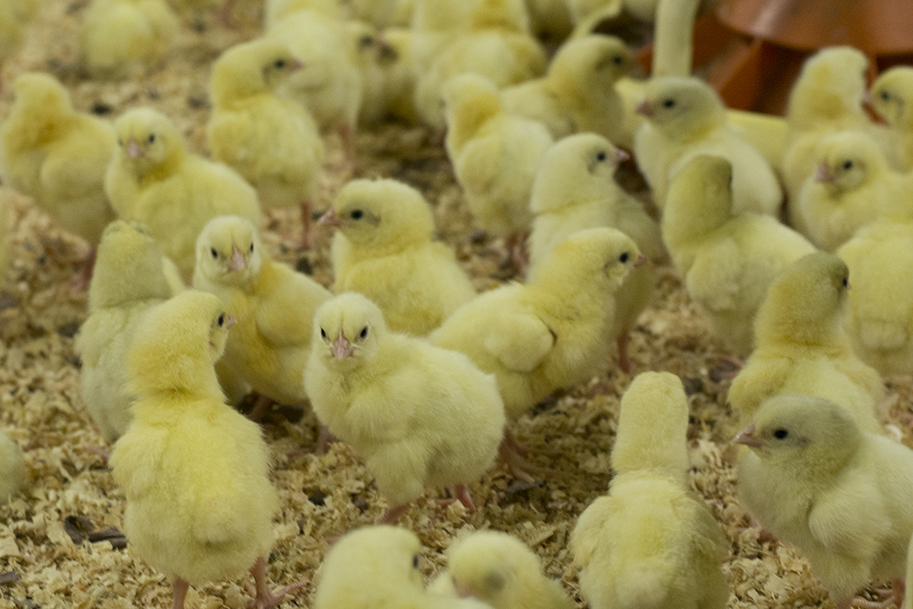To understand the industry priorities we spoke with AgriFutures Australia Chicken Meat Advisory Panel Chair, Gary Millar.
Firstly, Mr Millar explained reasons for chicken meat’s popularity.
“Consumers see chicken meat as a nutritious and healthy product,” said Mr Millar.
“Chicken is also one of the few meats that doesn’t have sensitivity to religious and cultural societies. Anyone who eats meat generally accepts chicken.”
To enable chicken meat to retain its position as the number one consumed meat in the country, Mr Millar stressed the importance of targeted and high-impact research, development and extension (RD&E).
He said the chicken meat industry takes a holistic approach to research from incubation, to meeting consumer expectations, through to waste management.
“Chicken meat research looks at all aspects of the poultry meat production chain starting from the production systems through to the end product,” Mr Millar said.
“Broadly speaking the research topics look at improving productivity while ensuring a quality end product. As we grow the birds there is always an utmost focus on welfare and food safety.”
At the forefront of current chicken meat RD&E is a project partly funded by AgriFutures Australia, which focuses on the use of laboratory robots to test for antimicrobial resistance.
Antimicrobial resistance is a key World Health Organisation priority and the four-year venture is currently testing farmed chickens and pigs, but feedback would be provided to the livestock industry with results shared with producers and veterinarians.
The project was amongst a number of key topics discussed at the Chicken Meat Advisory Panel meeting in August 2017.










